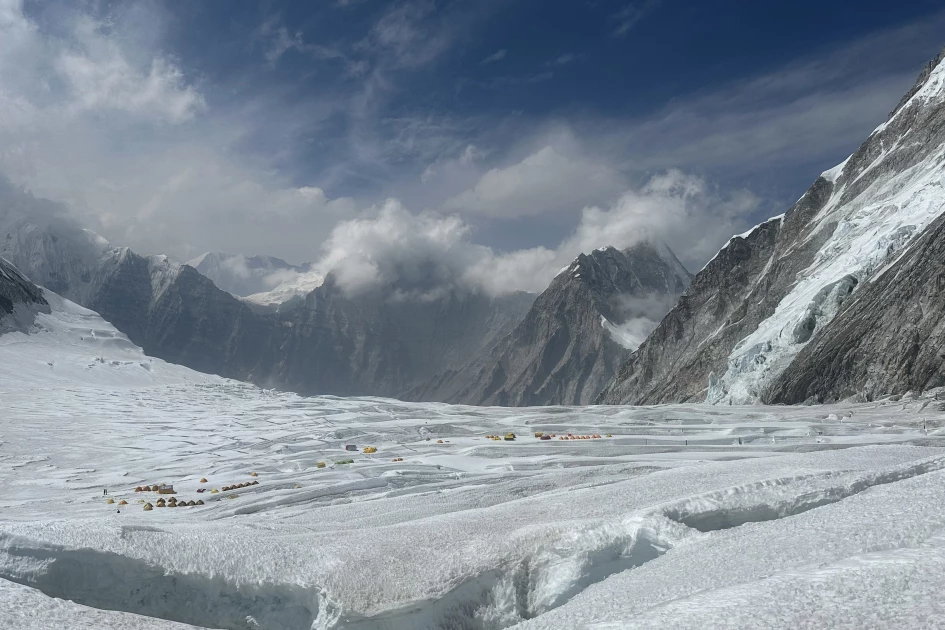Nepal, home to eight of the world’s ten highest peaks, has long been a magnet for mountaineers chasing the ultimate goal Everest. But a quiet revolution is underway. A new generation of climbers is turning away from the crowded 8,000-metre giants and toward the country’s “hidden” mountains the countless 6,000- and 7,000-metre summits that promise solitude, purity, and the rare chance to make a first ascent.
Out of 462 peaks open for climbing in Nepal, around a hundred have never been summited. This untapped potential is inspiring adventurers like French alpinist Paulo Grobel, who sees immense possibilities in peaks below 8,000 metres. “If you open your interest to 7,900 metres, there is a lot of potential. If you go to 6,900 metres, you have many more peaks waiting,” Grobel says.
This autumn alone, Nepal has issued 1,323 climbing permits, with many small, independent teams heading to remote ranges. French, Japanese, and Swiss climbers are leading the charge in “alpine style” expeditions minimal gear, no oxygen, no fixed ropes, and complete self-sufficiency.
French mountaineer Benjamin Vedrines, fresh from the first ascent of the 7,468m Jannu East, describes it as “a huge challenge” and “a completely different adventure.” He believes these mid-range peaks, often overlooked, are “underrated” and full of unexplored routes.
The shift toward lesser-known peaks also has economic and environmental benefits. Smaller teams spread across different valleys bring tourism income to remote areas while easing overcrowding on Everest. In August, Nepal even waived climbing fees for 97 mountains to encourage exploration beyond the well-trodden paths.
As Billi Bierling of the Himalayan Database notes, this trend marks “a beautiful development” in mountaineering. With safety, sustainability, and adventure in focus, Nepal’s hidden mountains could redefine the future of climbing — proving that the greatest rewards aren’t always found at the highest altitudes.

